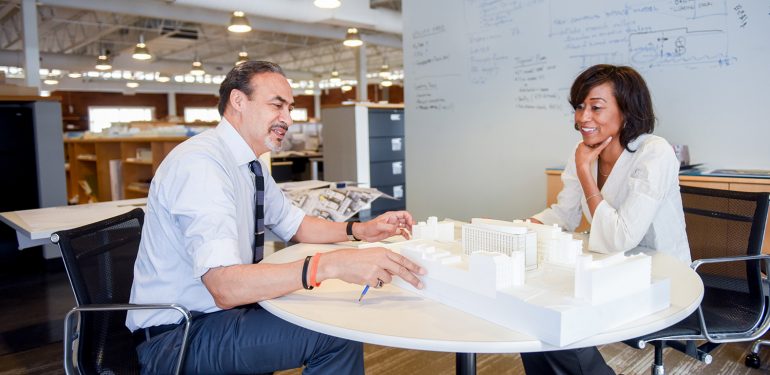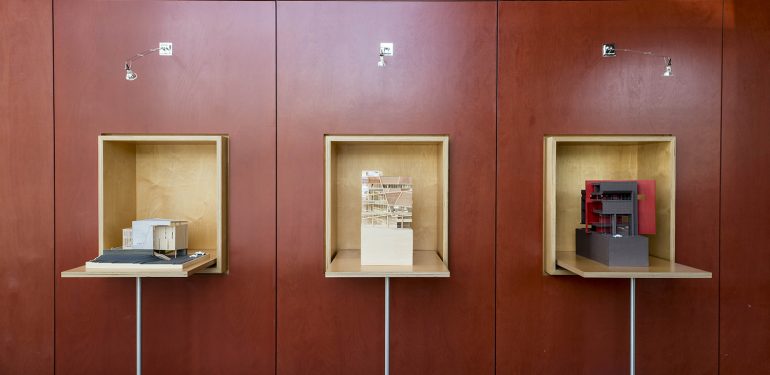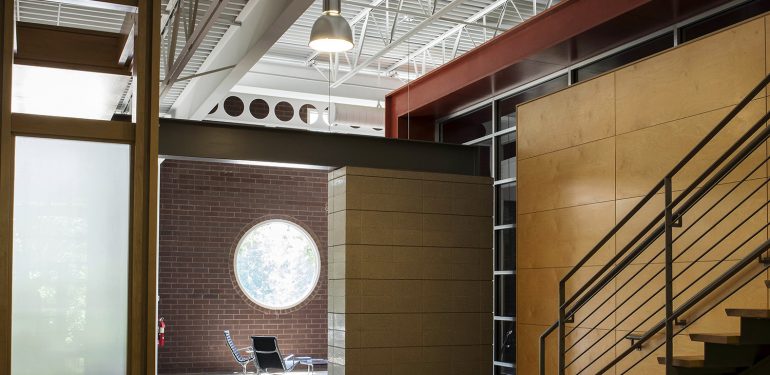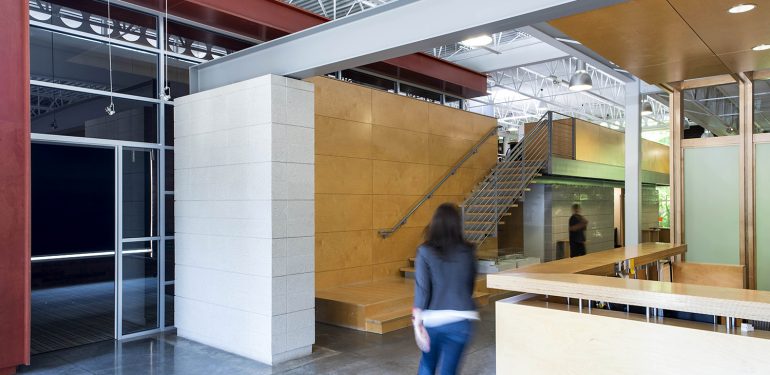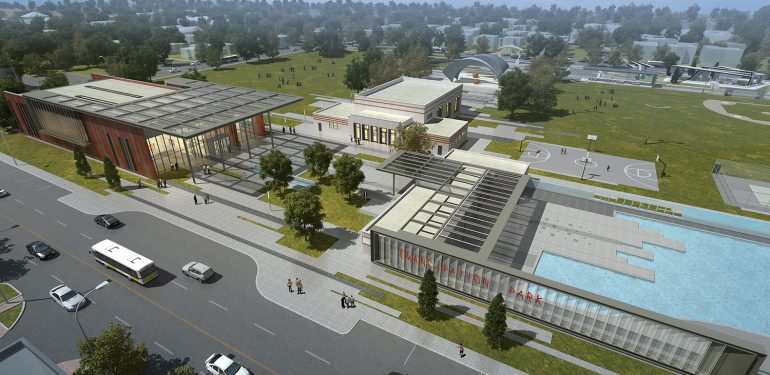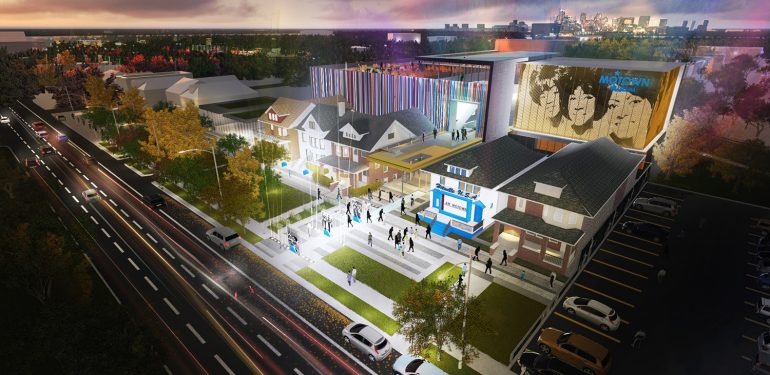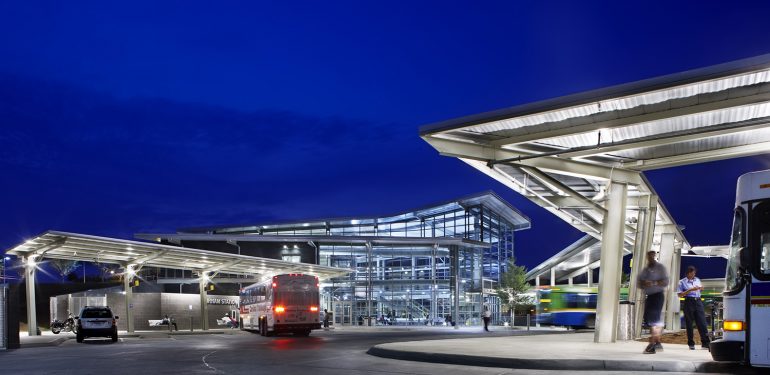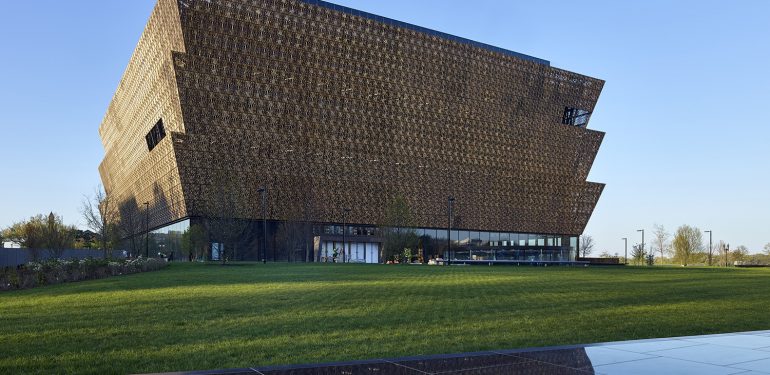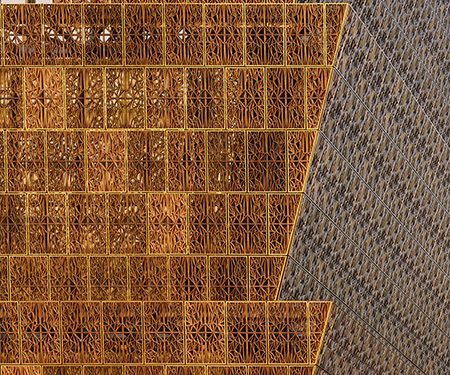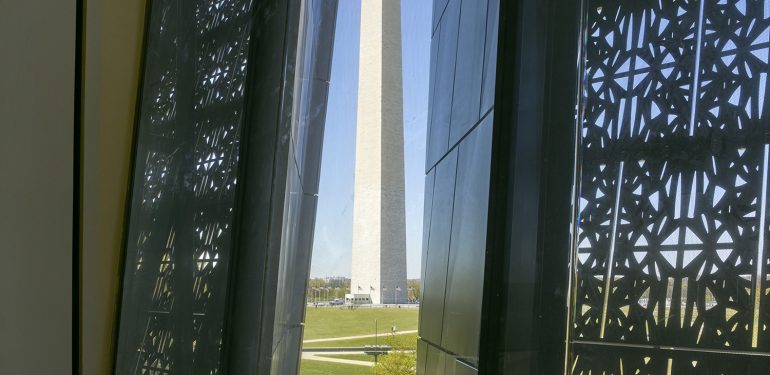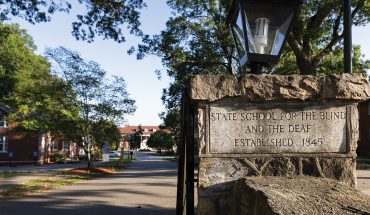Master Builder
Phil Freelon
by J. Michael Welton
photographs by Lissa Gottwals (unless otherwise noted)
Durham-based architect Phil Freelon’s life story has played out as one of victory, tragedy, and grace under pressure. His career – perhaps unrivalled by any North Carolina architect, past or present – has blazed an ever-ascending arc across the national stage.
Freelon’s most significant contributions include the 2009 Harvey B. Gantt Center for African-American Arts + Culture in Charlotte and the 2014 Center for Civil and Human Rights in Atlanta. But the 2016 Smithsonian National Museum of African American History and Culture on the National Mall in Washington D.C., for which he is architect of record, ranks as his crowning professional achievement to date.
The Washington Post noted in March that in its first six months, the $540 million, 400,000-square-foot structure had welcomed more than 1,200,000 visitors, placing it among the four most popular Smithsonian museums.
Groundbreaking took place in November 2012; four years of construction followed. By September 2016, the museum that The Architect’s Newspaper was calling “the most important American building of the 21st century” opened to international fanfare.
But for Freelon, 65, it was a bittersweet moment. Six months earlier, he’d been diagnosed with ALS, a debilitating disease that could leave him paralyzed in five years. Still, with four major civic projects currently underway in Detroit, Houston, Miami, and Jackson, Miss., ALS has not slowed the pace of his work.
His path to a museum on the Mall seems, in retrospect, almost predetermined. In fact, it is the result of hard work and vision. The grandson of Harlem Renaissance artist Allan Randall Freelon, Sr., he graduated from Philadelphia’s elite Central High School, which also counts modern architecture master Louis Kahn among its alumni. He earned an undergraduate degree in architecture from N.C. State and a graduate degree from M.I.T. A Loeb Fellow at the Harvard Graduate School of Design, he’s also served on the U.S. Commission of Fine Arts.
In 1990, Freelon launched The Freelon Group, and in 2014 joined forces with international powerhouse Perkins+Will, where he is now a leader in the firm’s cultural and civic practice, serves on its board of directors, and is design director of its North Carolina practice. Along the way, Freelon and his colleagues have designed some of the nation’s most prestigious civic buildings of the past two decades.
“When you see his work, the thread that ties them all together is that they’re always places with social purposes,” says Zena Howard, managing director at Perkins+Will. “They serve the community long after the designers are gone – his buildings engage with the community, because he starts the design process with the community.”

Smithsonian Institution, National Museum of African American History and Culture Architectural Photography
Decades in the making
The concept of an African-American museum on the Mall was 30 years in the making for Georgia congressman John Lewis, who worked tirelessly to pass its enabling legislation. As he did, Freelon tracked his efforts closely – and when H.R. 3491 was signed into law in 2003, he stepped up. “Phil knew he wanted to be a part of this,” says Howard, who worked on the museum with him for seven years. “He looked at Senator Lewis’s push, and when George W. Bush signed the legislation, he was ahead of the game.”
Freelon knew what he wanted: “He says museums are the best projects you can get – and not everybody gets them,” says Lew Myers, former director of business development at The Freelon Group.
Anticipating a design competition and determined to win it, Freelon called New York architect J. Max Bond in 2006. “We were the hot young firm and Max was the leader of black architects,” Myers says. “We needed the juice, so we flew to D.C. and Max came down from New York. We talked about who to have on our team, who to stroke to get influence, and then we put together a great game plan and executed it to perfection. No one thought we had a chance in hell.”
But they did. In 2008, the Smithsonian announced its competition, attracting 22 entries from rock stars like Norman Foster, Pei Cobb Freed, and Moshe Safdie. Soon after, Bond got a call from British architect David Adjaye. A young and rapidly rising star, Adjaye expressed a desire to join them, so Bond asked Freelon to fly to New York to meet him. “Phil came back and said: ‘I was hoping he was going to be a son of a &*%$#, but he wasn’t – he’s a great guy, and he’s going to be the designer,’” Myers says. “It took me a while to come to grips with that, but that’s an example of how he put the project and the client first.”
The plan was for Bond to guarantee the design, Adjaye to serve as the lead architect, and Freelon the architect of record – while the SmithGroup handled construction documents. “Right away, there was a sense of magic between the three of us – it clicked,” Adjaye says. “There was a palpable sense that we’d struck the right balance.”
The year – 2009 – proved to be an emotional roller-coaster. In January, their entry made the final round of six, thanks to Bond’s thoroughly researched, well-written program. But in February, Bond succumbed to cancer, and Freelon took on the role of guarantor. By mid-April, the Smithsonian would name their entry its winner.
Their team, Adjaye says, was one that Bond had referred to as a jazz ensemble – each player focusing on his own strengths in a way that would form an improvisational harmony. “I felt that with Phil from very early on, it was clear he had the expertise to manage the contracts and oversee the complex delivery process,” he says. “This gave me the confidence that I could really focus in on designing the building, and the rest would be in safe hands.”
After the building opened, Freelon was working hard even as he was coming to terms with his own devastating diagnosis.He and his wife, six-time Grammy-winning jazz musician Nnenna Freelon, researched ALS, came face-to-face with it, and began to turn a medical negative into a positive. They formed The Freelon Foundation and launched a campaign called Design a World without ALS to raise money for research. A benefit concert at Durham’s Carolina Theatre on April 20 – starring Nnenna Freelon and friends – raised $160,000.
Freelon declined to look back on his work for this article; instead, typically, he chose to focus on the future. He continues to design some of the most interesting, consciousness-raising civic projects in the nation, each a singular response to his client’s mission.
In Jackson, Miss., for instance, Freelon is designing the Mississippi Civil Rights Museum, dedicated to civil rights and the history of Mississippi. In Houston, he’s at work on Emancipation Park, a combination of new construction, renovation, landscape architecture, site development, and commemorative sculpture in the heart of the African-American community. In Detroit, he’s working with Berry Gordy to expand the Motown Museum by 40,000 square feet. And in Miami, he’s doing preliminary work on the Miami Museum of Contemporary Art of the African Diaspora.
Asked about his legacy, Freelon is succinct: “I can say we’re on to the next project and I’m not finished,” he says. “That is yet to be written – and I expect there will be many more chapters.”
Courage, Ernest Hemingway once said, is defined as grace under pressure. But in the world of civic architecture, it might be defined best by the life and work of Phil Freelon.

